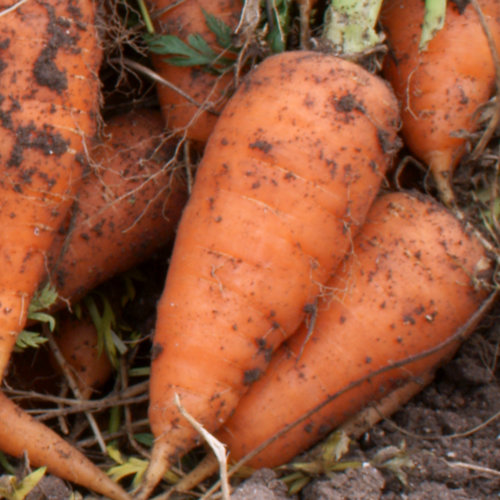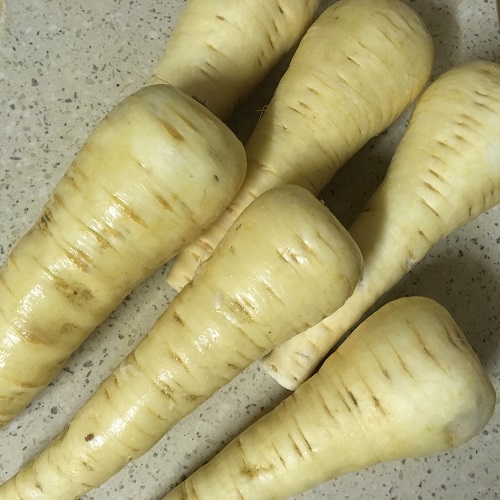A far superior variety than dwarf curled, which was almost a bonsai plant when I grew it two years ago. These seeds grow strong bushy plants about two foot six tall which have tasty leaves. They must have a strong root system as they stood up straight in all the gales.
Highly reccommended..
I planted out 12 polytunnel-raised Winterbor seedlings in a net-covered 4*4 bed when the rain finally stopped last June (2012). 8 of them grew quickly into a 2' tall edible forest-like canopy. The other 4 would have been 4 too many; as it was, we ended up giving away carrier-bags full of kale to anyone who would take them during the late summer months! We're still getting meals out of those 8 plants now, at the start of February, but probably not for much longer as they aren't producing new leaves so quickly now. They have survived heavy rain, frost, snow and high winds to come this far.
I know kale doesn't suit everybody, but if you like it and want to replace the bags of curly kale from the supermarket, this is the plant to go for. It's been my big success story during the perma-rains of 2012!
Chatenay Red Core is regaining popularity due to its exceptionally.....
Av. Packet Contents : 500 seeds
Gladiator is the market leading variety that all other parsnips.....
Average Contents : 200 seeds


